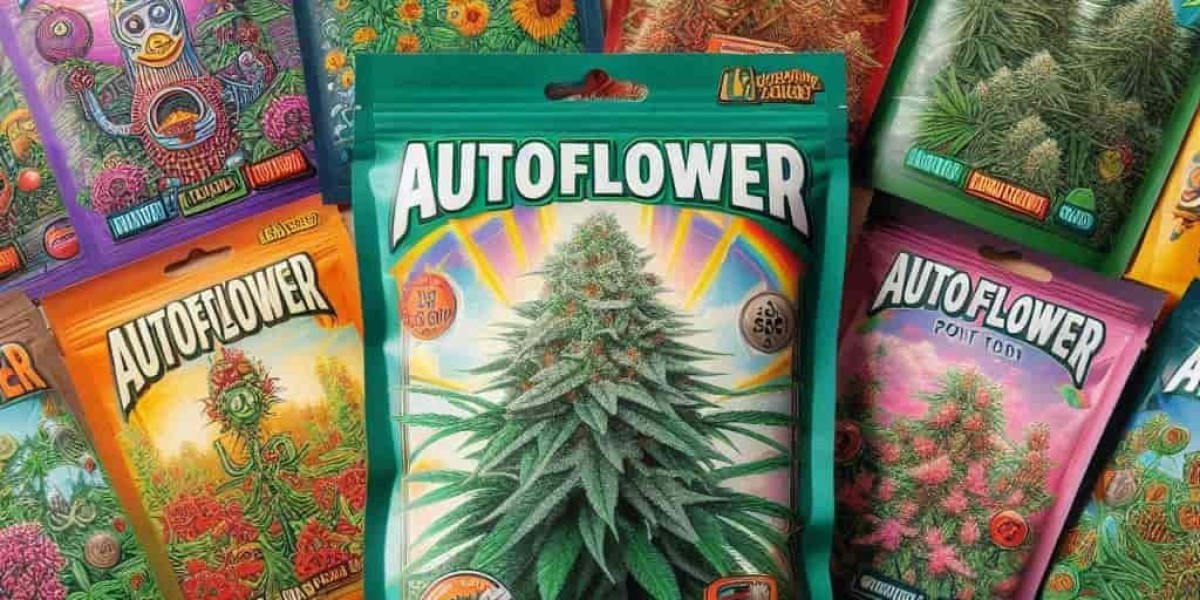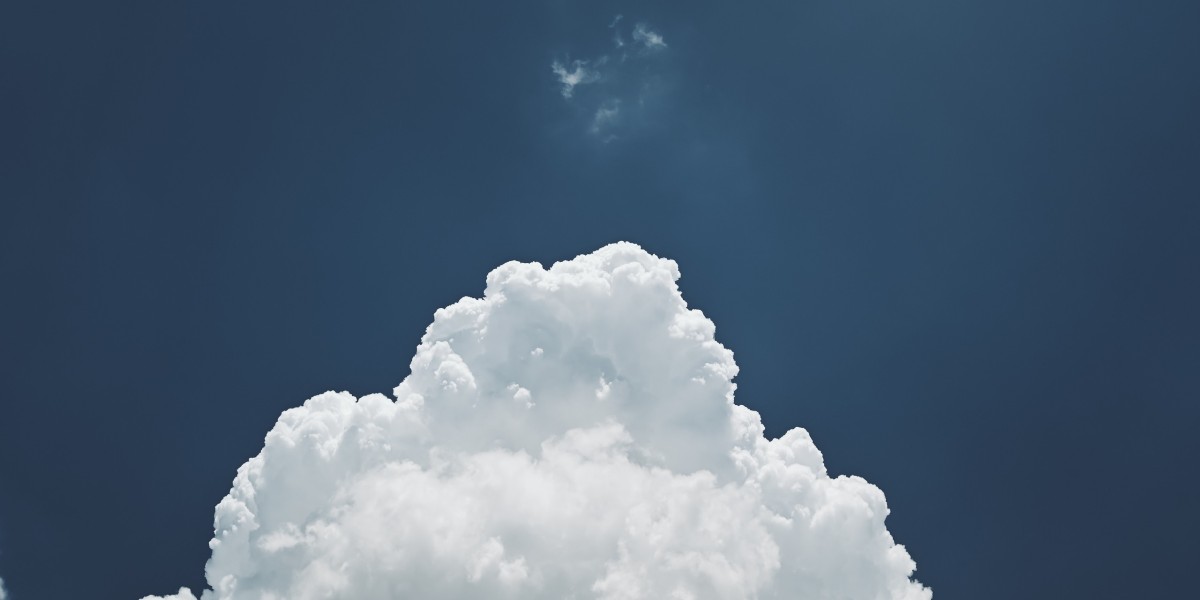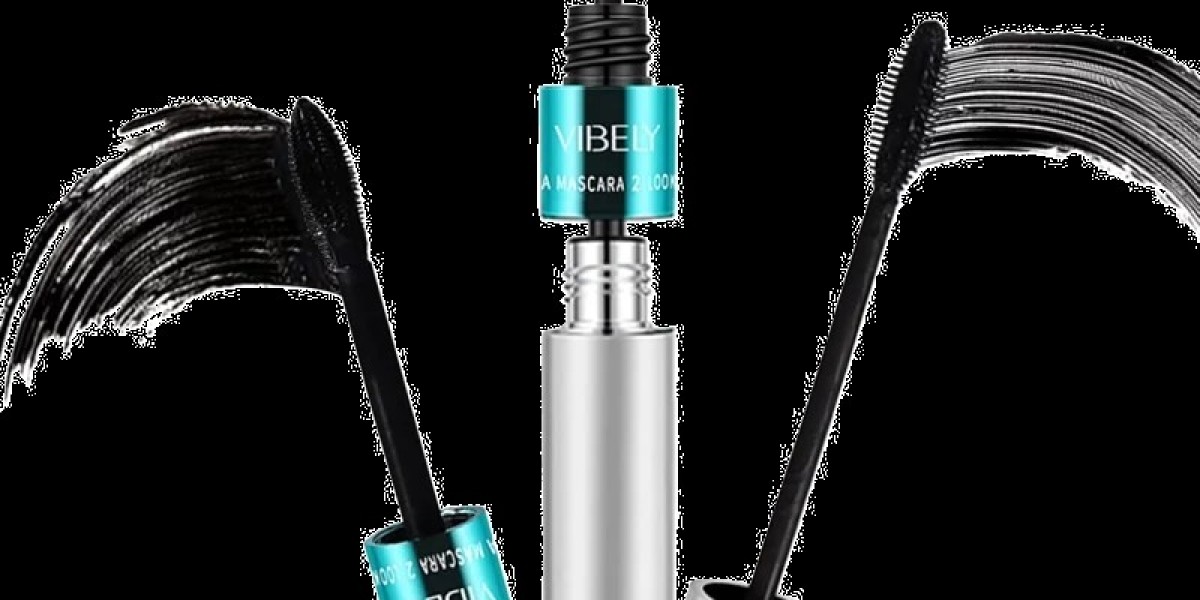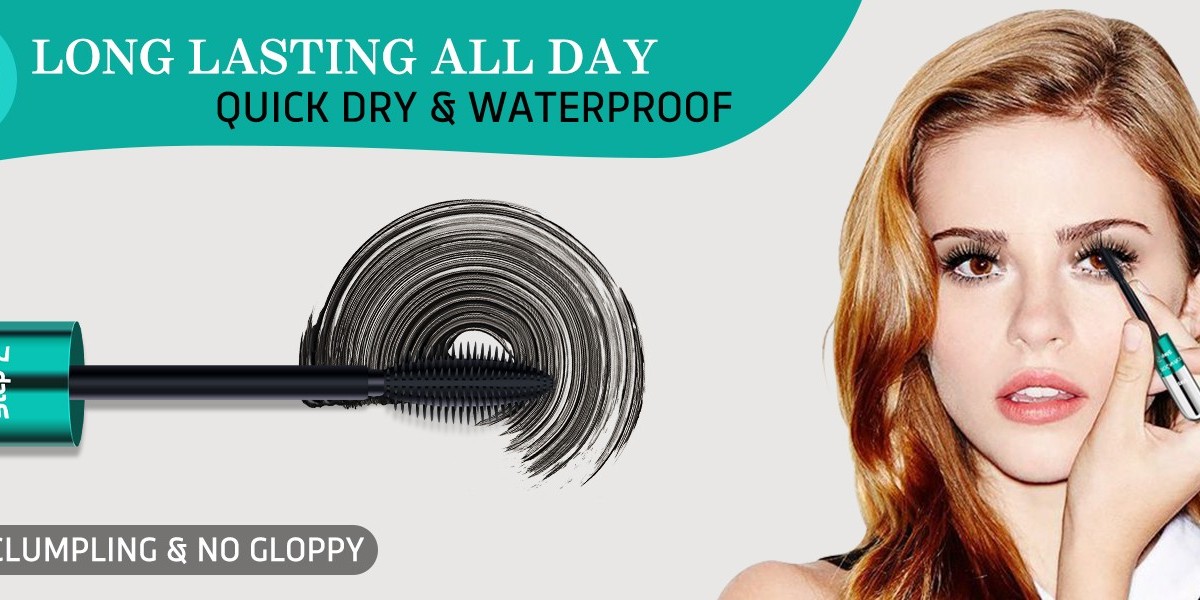If you're a resident looking to grow your own cannabis, you're in the right place. This guide will walk you through the essentials of growing cannabis in Washington , from understanding the legal framework to optimizing your cultivation process for a successful harvest.
Understanding Washington's Cannabis Laws
Before you start growing cannabis in Washington, it's important to understand the legal landscape. While recreational cannabis use is legal in the state, home cultivation is only permitted for medical marijuana patients. Recreational users are not allowed to grow cannabis at home unless they have a medical marijuana authorization. If you're a medical marijuana patient, you can cultivate up to six plants at home, or up to 15 plants if your healthcare provider recommends it.
Choosing the Right Strain
Washington's climate can be a bit tricky for cannabis cultivation, especially if you're growing outdoors. The state experiences a mix of wet, cool weather, particularly in the western regions. Therefore, it's crucial to choose a strain that can thrive in these conditions. Indica-dominant strains tend to be more resilient to cooler temperatures and shorter growing seasons, making them a good choice for Washington growers. However, if you're growing indoors, you have more flexibility in choosing strains since you can control the environment.
Indoor vs. Outdoor Growing
One of the first decisions you'll need to make is whether to grow your cannabis plants indoors or outdoors. Each method has its pros and cons, and the best choice depends on your personal preferences and resources.
Indoor Growing: Indoor growing allows you to control every aspect of the environment, from temperature and humidity to light cycles. This can result in higher yields and better-quality buds. However, indoor growing requires a significant investment in equipment such as grow lights, fans, and ventilation systems. It also consumes more electricity, which can increase your utility bills.
Outdoor Growing: If you have the space and the right conditions, outdoor growing can be a more cost-effective option. Washington's summers are generally mild, with long daylight hours that can support cannabis growth. However, the state's unpredictable weather, particularly the rain in the fall, can pose challenges. Outdoor growers need to be vigilant about mold and pests, which thrive in Washington's damp climate.
Soil and Nutrients
Whether you're growing indoors or outdoors, the quality of your soil is critical to the success of your cannabis plants. Washington's native soil can vary greatly depending on the region, so it's often a good idea to use a high-quality potting mix designed for cannabis. These mixes are usually rich in organic matter and provide the right balance of nutrients.
Cannabis plants require three primary nutrients: nitrogen (N), phosphorus (P), and potassium (K). During the vegetative stage, your plants will need more nitrogen to support leaf and stem growth. As they transition to the flowering stage, they will require more phosphorus and potassium to support bud development. You can either use pre-mixed fertilizers or create your own nutrient solution, but be careful not to overfeed your plants, as this can lead to nutrient burn.
Watering and Humidity
Washington's climate can be quite humid, especially in the western part of the state. While cannabis plants need water to thrive, too much humidity can lead to mold and mildew, which can ruin your crop. If you're growing indoors, aim to keep the humidity levels between 40-60% during the vegetative stage and lower them to 30-40% during the flowering stage to prevent mold.
When it comes to watering, cannabis plants prefer a "wet-dry" cycle. This means you should water your plants thoroughly, then allow the soil to dry out before watering again. Overwatering is a common mistake among new growers, and it can lead to root rot and other issues.
Lighting
If you're growing indoors, lighting is one of the most important factors to consider. Cannabis plants need a lot of light to grow, especially during the vegetative stage. Most indoor growers use either LED or HID (high-intensity discharge) lights. LED lights are more energy-efficient and produce less heat, making them a popular choice for home growers. HID lights, on the other hand, are more powerful and can produce larger yields, but they also generate more heat and consume more electricity.
During the vegetative stage, your plants will need 18-24 hours of light per day. Once they enter the flowering stage, you'll need to switch to a 12-hour light cycle to encourage bud development.
Harvesting and Curing
Knowing when to harvest your cannabis plants is crucial for maximizing potency and flavor. The best time to harvest is when the trichomes (tiny, crystal-like structures on the buds) have turned milky white, with some turning amber. This indicates that the THC levels are at their peak.
After harvesting, you'll need to dry and cure your buds to enhance their flavor and potency. Hang the buds upside down in a dark, well-ventilated room for about a week, then place them in airtight jars for curing. Open the jars daily for the first week to allow moisture to escape, then reduce the frequency to once every few days. The curing process can take anywhere from two weeks to a month, but the longer you cure your buds, the better the flavor and potency will be.
Conclusion
Growing cannabis in Washington can be a rewarding experience, but it requires careful planning and attention to detail. By understanding the state's legal requirements, choosing the right strain, and optimizing your growing conditions, you can enjoy a successful harvest. Whether you're growing indoors or outdoors, the key to success is patience and a willingness to learn from your mistakes. Happy growing!








